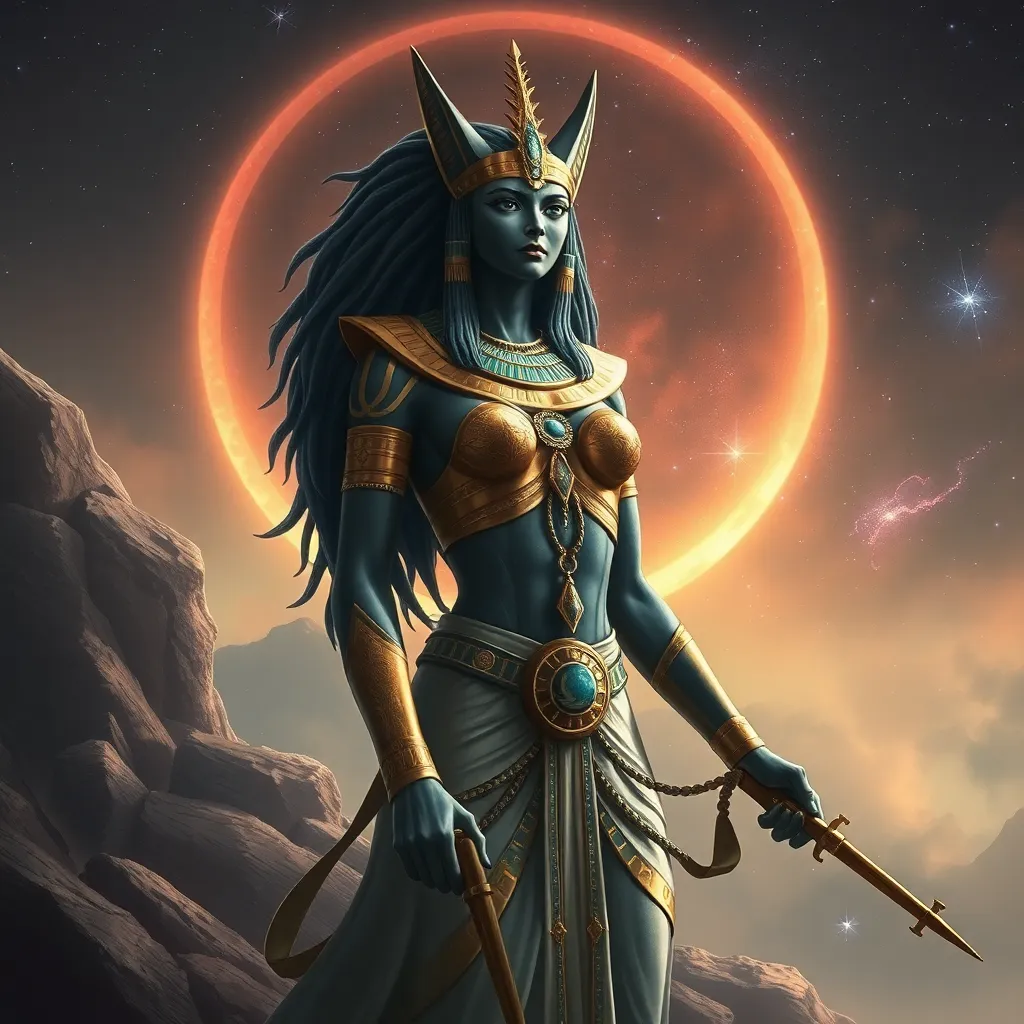The Myth of the Celestial Huntress: The Goddess Bastet
Introduction to Bastet: The Duality of the Goddess
Bastet, one of the most beloved deities in ancient Egyptian mythology, embodies a unique duality that highlights her significance in the cultural and spiritual landscape of ancient Egypt. Revered as both a nurturing protector and a fierce warrior, she transcends the simple categorization of a goddess, representing the complex interplay of gentleness and strength.
As the goddess of home, fertility, and domesticity, Bastet was often depicted as a nurturing figure, embodying the qualities of motherhood and protection. However, her fierce warrior aspect, represented by her lioness form, speaks to her role as a protector of the pharaoh and the nation, showcasing her capacity for ferocity when threatened.
Historical Context: Origins of Bastet Worship
The worship of Bastet can be traced back to the Second Dynasty of Egypt, around 3000 BCE, where she was originally associated with the lioness and the solar deity Ra. Over the centuries, her portrayal evolved significantly, transitioning from a lioness goddess who symbolized the fierce protection of the pharaoh to a more domestic deity associated with cats.
During the Old Kingdom, she was primarily worshiped in the form of a lioness, but by the New Kingdom, her iconography had shifted to that of a domestic cat or a woman with a cat’s head. This transformation reflects not only the changing nature of her worship but also the societal views on femininity, fertility, and protection.
Bastet’s Symbolism: The Cat and the Lioness
Bastet’s dual representation as both a domestic cat and a lioness holds deep cultural significance for the ancient Egyptians. The cat, revered for its graceful demeanor and hunting prowess, became a symbol of home and family life. Cats were considered sacred and were often kept as pets, with their presence believed to bring good fortune and protection against pests.
On the other hand, the lioness aspect of Bastet represents her fierce and protective nature. Lions symbolized strength, bravery, and the ferocity required to defend one’s territory. This duality illustrates how the ancient Egyptians valued both the nurturing and protective qualities of femininity.
Bastet as the Protector of Women and Children
Bastet is often celebrated as the protector of women and children, embodying the qualities of motherhood and fertility. She was invoked during childbirth and was believed to assist women in labor, ensuring safe deliveries and healthy children.
Numerous myths highlight her protective nature, including tales of her defending the sun god Ra against the serpent Apophis. In these stories, Bastet’s fierce determination and protective instincts shine through, showcasing her role as a guardian of the vulnerable.
The Huntress Aspect: Warrior Goddess of the Sun
In addition to her nurturing side, Bastet’s portrayal as a huntress and warrior goddess emphasizes her connection to the sun god Ra. As a manifestation of Ra’s protective power, she was believed to hunt down evil forces that threatened the cosmic order. This aspect of her mythology illustrates the importance of the hunt in ancient Egyptian culture, symbolizing not just physical hunting but also the pursuit of justice and order.
Bastet’s connection to the sun further reinforces her duality; while she embodies the warmth and nurturing light of the sun, she also carries the fierce and unyielding qualities of its scorching rays.
Rituals and Festivals: Celebrating Bastet
The worship of Bastet culminated in vibrant festivals, most notably the Feast of Bubastis, held in her honor in the city of Bubastis. This festival was one of the most popular celebrations in ancient Egypt, attracting thousands of participants from all over the country.
- Music and Dance: The festivities included lively music, dance, and feasting, reflecting the joy and reverence for the goddess.
- Offerings: Worshippers would bring offerings of food, flowers, and incense to temples dedicated to Bastet, seeking her blessings for fertility and protection.
- Processions: Large processions would travel to her temple, often involving boats carrying her statue along the Nile, symbolizing the goddess’s connection to the life-giving waters.
These rituals not only honored Bastet but also reinforced community bonds and cultural identity among the Egyptians.
Bastet’s Legacy: Influence on Art and Literature
Bastet’s influence permeated ancient Egyptian art, sculpture, and literature. She was commonly depicted in various forms, from statues to wall paintings, highlighting her importance in daily life and spirituality. Artists often illustrated scenes of her in both her lioness and cat forms, emphasizing her dual nature.
Her legacy extends into modern times, with contemporary culture reflecting her enduring symbolism. Bastet has inspired various forms of art, literature, and even popular media, often portrayed as a figure of strength, protection, and femininity.
Conclusion: The Enduring Myth of Bastet
The myth of Bastet continues to resonate in today’s society, representing the balance between nurturing and fierce protection that many strive to embody. As a symbol of strength and motherhood, her legacy serves as a reminder of the complexities of femininity and the vital roles women play in both family and society.
In an era where the themes of empowerment and protection are more relevant than ever, Bastet stands as an enduring figure in mythology, inspiring individuals to embrace their duality and protect those they love.




